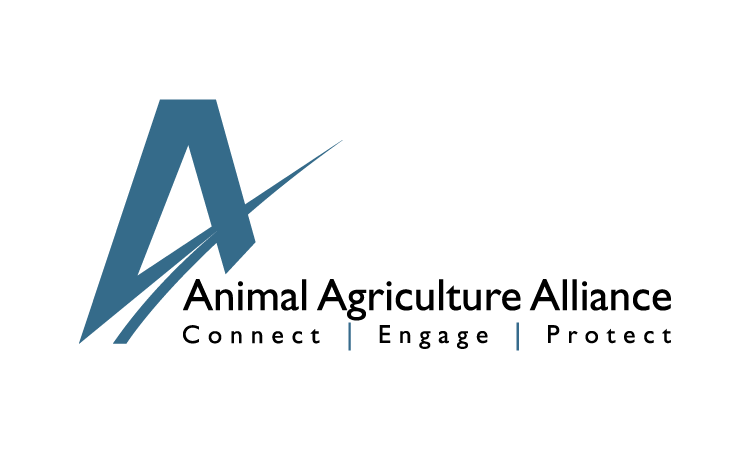A blanket recommendation for people to swap meat for plant-based proteins can have substantial negative consequences for nutrition. Research shows that diets without meat can be harmful to brain, bone, and muscle health, and contribute to malnutrition, even in developed countries. Vegan diets have been linked to increased risk of bone fractures, developmental delays, and anemia, among other health challenges.
EAT-Lancet FAQ
What is the EAT-Lancet report, who wrote it, and what does it say about animal products?
The EAT Forum is a privately-funded think tank based in Oslo, and the Lancet is a UK-based medical journal.
The Commission’s prescriptive global diet severely limits meat and dairy consumption, drastically departing from U.S. dietary guidance. Quantity and calories caps apply to staple foods, including:
- Beef (or lamb): one quarter ounce per day (7g) – about the weight of 7 peanuts
- Pork: one quarter ounce per day (7g) – about the weight of 7 peanuts
- Dairy: 250g per day – about one glass of milk
- Chicken: one ounce per day (29g) – about 1.5 chicken nuggets
- Eggs: less than half an ounce per day – about 1/5 of an egg
- Fish: about one ounce per day – limited to 40 calories, so around 1/6 of a tilapia filet
The EAT-Lancet Commission comprises a small group of researchers and does not represent a global consensus of scientific experts in animal agriculture, nutrition, or sustainability.
Is it true that becoming vegan is the best thing people can do for the planet?
All foods have an environmental impact. Animal agriculture accounts for just 4% of U.S. greenhouse gas emissions (GHG) while providing critical nutrients. The animal agriculture industry has dramatically reduced its carbon footprint over several decades. For example, U.S. dairy farmers make 80% more milk with 60% fewer cows and a third smaller carbon footprint than they did in 1950.
We are committed to reducing our carbon footprint even further, but tackling the world’s largest sources of greenhouse gases will have a far greater impact. Even if the entire U.S. population ate only plants, U.S. greenhouse gas emissions would barely budge – an impact of about 2.6% according to a landmark study.
Aside from GHGs, efficient animal agriculture has been proven to considerably reduce feed, land, and water use. Grazed pastures make use of land not suitable for growing food, and livestock animals make use of food humans wouldn’t like or can’t digest. In addition to food, livestock are used to make lots of other products. Replacing products from animals (e.g., leather) with alternatives (e.g., vinyl) would also impact the environment.
Do animals produce more greenhouse gas than transportation?
No. A 2006 UN Food and Agriculture Organization study incorrectly concluded that livestock emissions contribute more to climate than all modes of transportation combined. The study’s senior author has since corrected the claim. Direct emissions from transport (road, air, rail and maritime) account for 14% of all global emissions from human activities, compared to 5% of global emissions from direct livestock emissions, according to the FAO.
The debunked 2006 FAO study used different ways of measuring livestock emissions compared to transportation emissions. While sophisticated measures can show total lifecycle emissions for animal products (thanks, in large part, to partnerships between the animal agriculture industry and international organizations like the FAO), no such measures exist for transportation emissions.
